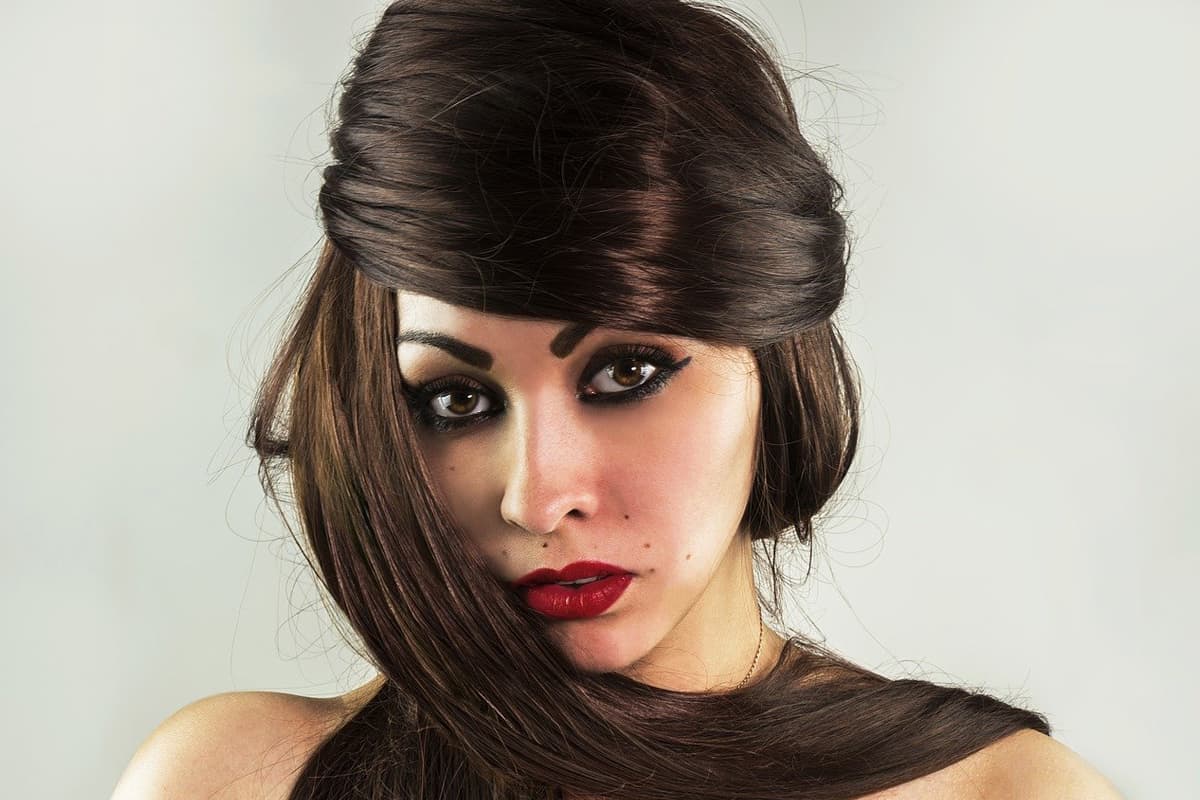Monoï, or "sacred oil", is a pure, natural product from Polynesia. It's a real beauty product, and if you use it in the right way, you'll be doing yourself a world of good. Here's how to apply and use monoï.
How to apply monoi to the body?
Monoï is a rich oil that protects the skin from various aggressions (cold, sun, wind, salt, sand, etc.). Non-allergenic, it is suitable for the skin of the whole family, from babies to adults. Monoï will rehydrate damaged skin and protect sensitive skin, thanks to the hydrolipidic film it leaves on the skin.
To apply monoi on the body you have two options. When it's solid, i.e. in winter or even in the off-seasons (when it freezes below 24 degrees), you can heat it up to liquefy it. This method requires special know-how (see our article on the subject). You can also apply it solid, if it has first been packaged in a pot that allows it. In fact, all you need is a wooden stick or a small spoon to scoop out a little material, warm it between your hands and apply it to the body.
When it's liquid, monoï is easier to apply. But be careful. It is a fatty substance. In other words, to avoid applying too much, and to ensure it penetrates the epidermis as well as possible, we recommend applying it to damp skin. Ideally, after a shower, for example. You can coat your whole body with monoi, as it is neither dangerous nor allergenic.
The best tips for applying monoi to your hair
Monoï is truly a complete skin care product. It benefits the whole body, including the hair. The coconut oil contained in monoi will strengthen fragile hair, repair damaged hair and protect all manes from external aggression. As a little bonus, it also helps to shine hair and texturize the curls of even the frikiest hair.
But beware: monoi is an oil, and even though it's beneficial for oily hair, there are a few tricks to take advantage of its benefits without weighing down your hair fiber. We recommend a weekly monoi oil bath. For very damaged hair, you can apply it as an overnight mask.

For the monoi oil bath: three teaspoons of monoi oil are enough for long hair, 2 for medium-length hair, one for short hair (square type) and half a teaspoon for boyish cuts. To apply, place the required quantity in a small bowl, then take a small amount with your hands and apply the monoi to the lengths and ends. Avoid applying it to the roots, especially if your hair greases easily. To even out the application, comb from the bottom to the top of your hair. Wrap your hair in a towel and leave on for 30 minutes to an hour. Then rinse with warm water, before shampooing 2 times.
For the monoi mask, use the same quantities as above, and the same application technique. Only the duration will change. More damaged hair will need a more intense treatment. You'll need to leave it on overnight, wrapped in a towel. In the morning, rinse hair thoroughly with hot water, then shampoo 2 or even 3 times to remove any residue. Applying monoi to your hair on a regular basis will give you rapid results: your hair fiber will thank you!
Monoi massage and tanning - how does it work?
Monoï can be used at any time of year. But this fragrant oil is absolutely not a tanning oil. In fact, although many people still believe the opposite, it is not intended for sun exposure, for the simple reason that it has no SPF filter! So it won't protect you from sunburn or from UVA and UVB rays. And while the scent is an invitation to vacation, don't succumb to the temptation to slather monoi on your skin under the sun. No Polynesian would dare!
On the other hand, monoï is an ideal oil for massages. In the past, Tahitian mamas used to make monoi to care for their babies. They would coat the newborn's body with this precious oil and gently massage each limb, torso and back. Its sweet fragrance soothed babies, and the massage helped them drift off into the arms of Morpheus. Monoi massages weren't just for children, but also for adults.
As a symbol of sensuality, monoi found its place in adult relationships. It was a moment of complicity between lovers. Women used to make monoi from the tiare flowers they wore all day long. Imbued with their scent, they believed that simply massaging their man with their monoi would keep him close to them for life. Today, monoi is still used for traditional massages, but also in beauty salons.

 en
en 






